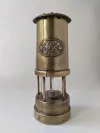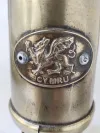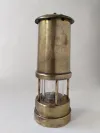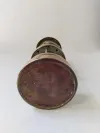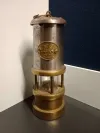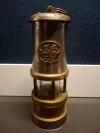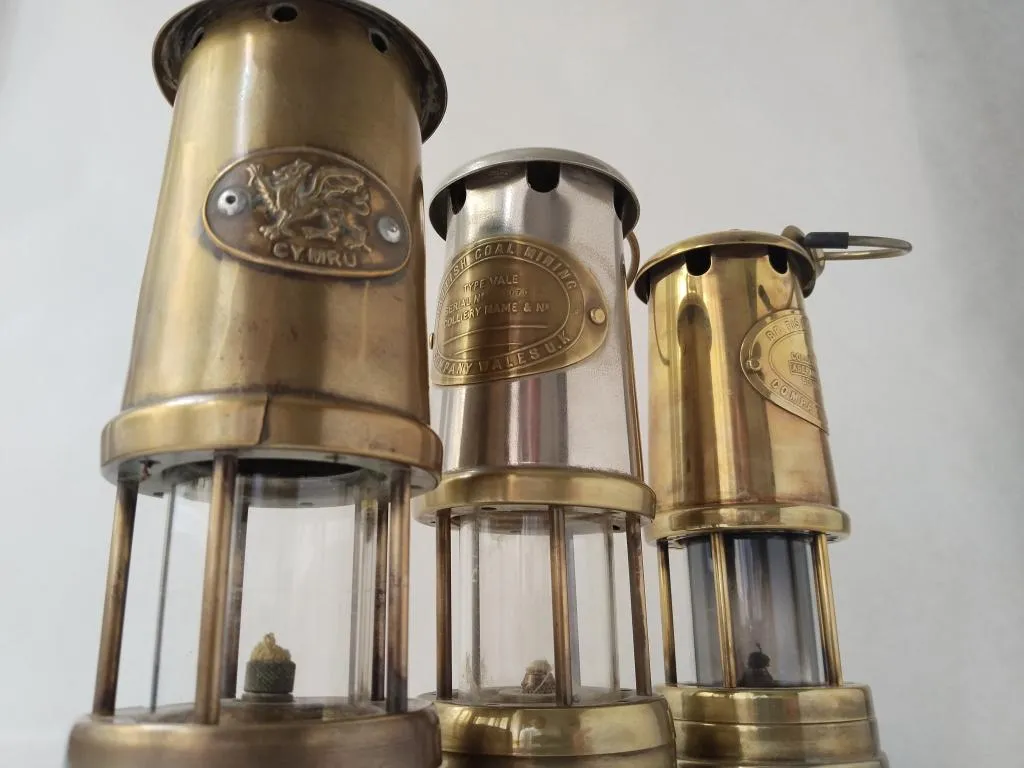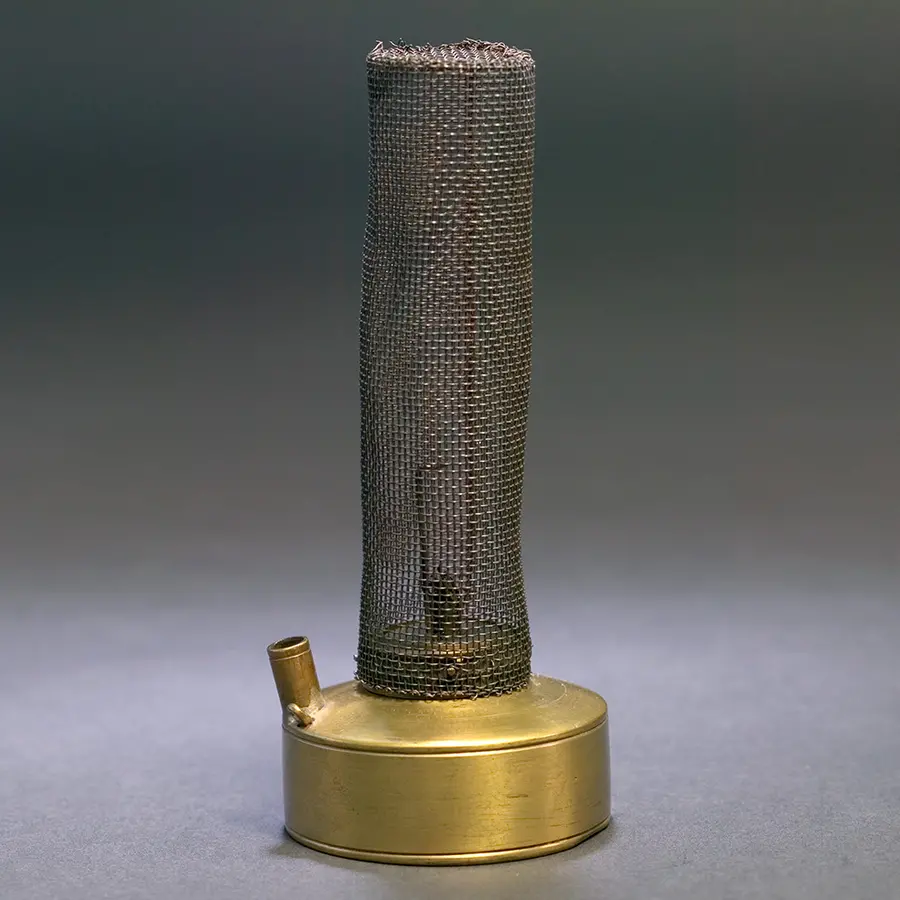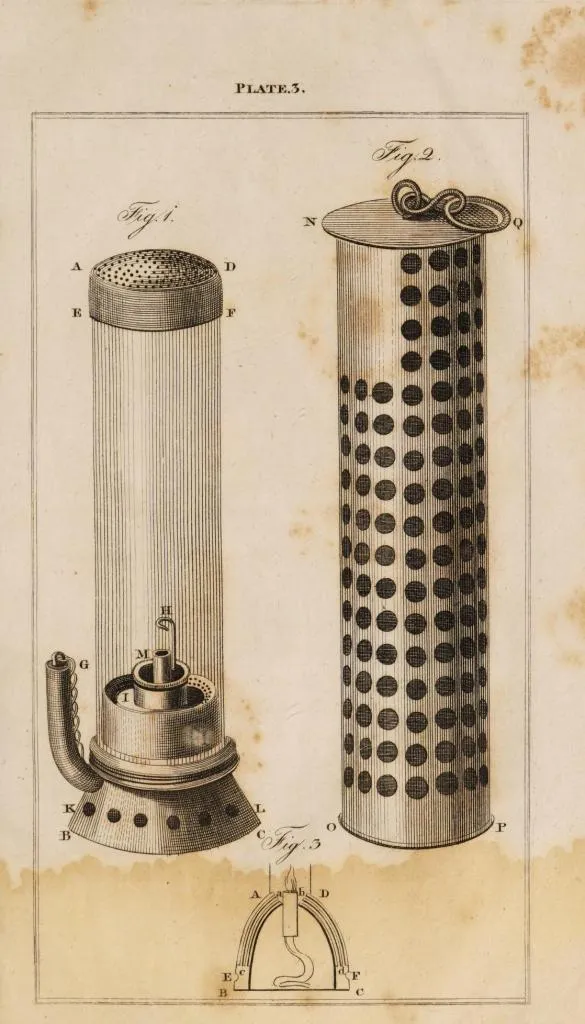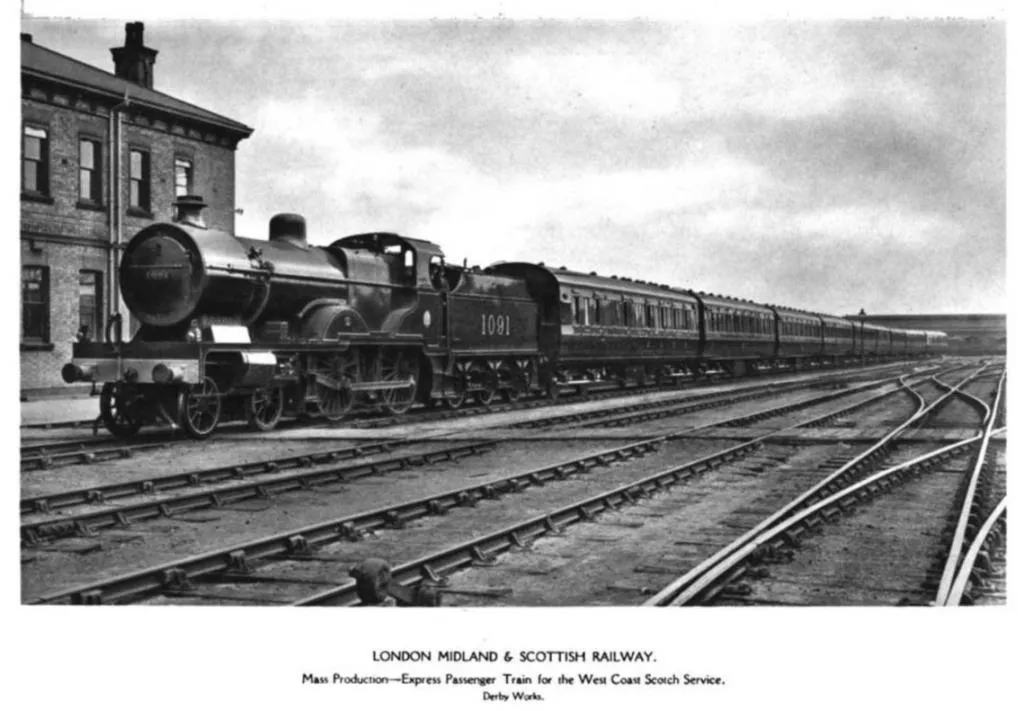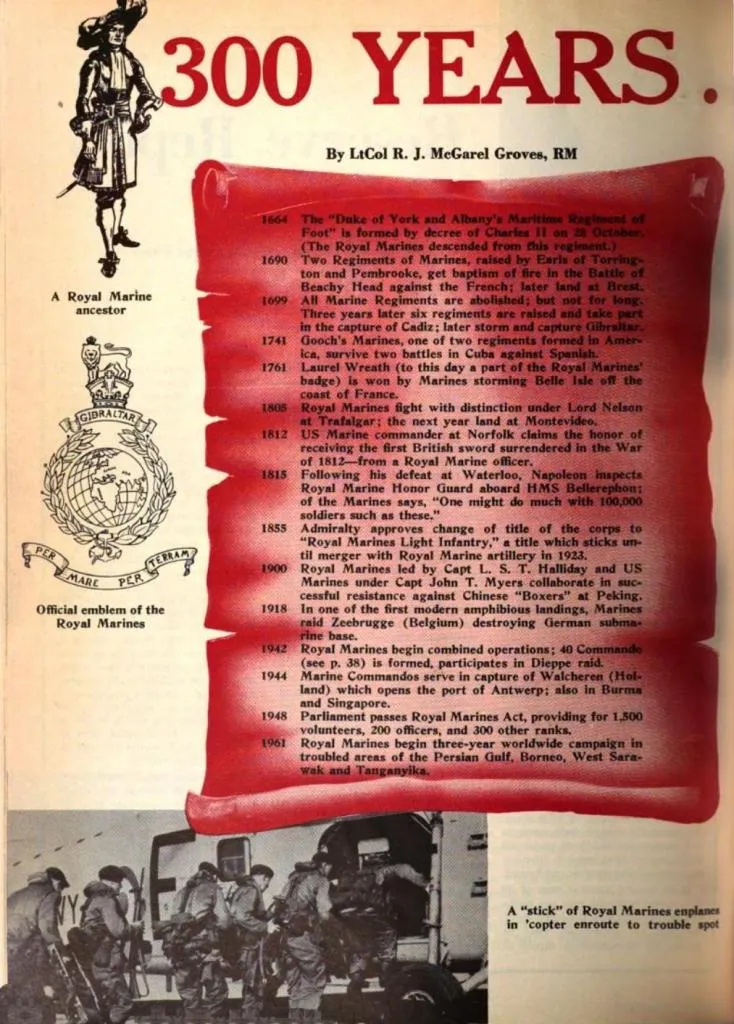E. Thomas & Williams Limited
Innovation sparked the idea—partnership made it legendary. E. Thomas & Williams Ltd. rose to fame through more than invention alone.
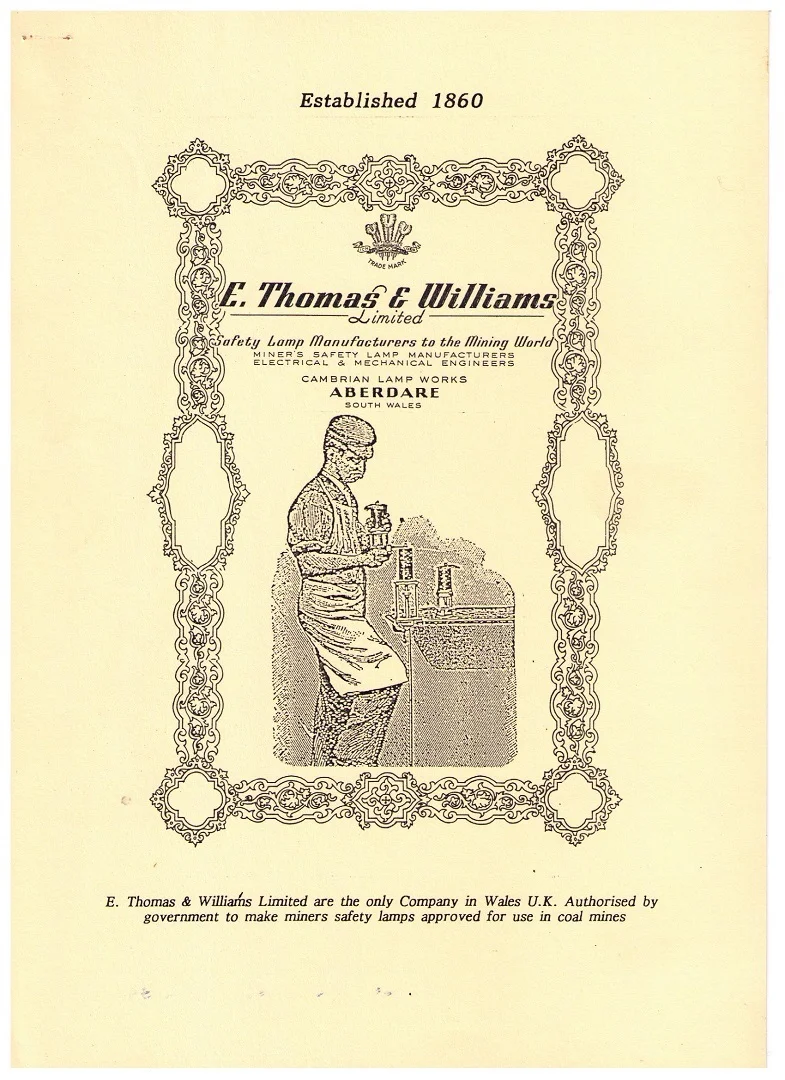
Source: http://www.ethomasandwilliamsltd.com/index.php/company_history
Find out who founded the company, how it started, the purpose of the miner's lamp, its recognition, and the story of its decline.
Table of Contents
The Invention of a Safer LampThe Cambrian Lamp WorksFormation of E. Thomas & Williams Ltd.The Men Behind the Success of E. Thomas & Williams Ltd.E. Thomas & Williams Ltd Cambrian LampsSurviving Wars, Strikes and DeclineA Royal RecognitionFire, Recovery and ReinventionLegacy and Collectability TodayA Welsh Success StoryWhen Evan Thomas first opened his ironmonger's shop on 7 Cardiff Street, Aberdare, in 1860, few could have predicted the global reputation his small business would one day achieve. Yet within a few decades, E. Thomas & Williams Ltd. had become one of the foremost producers of miners’ safety lamps — not just in Wales, but across the industrial world.
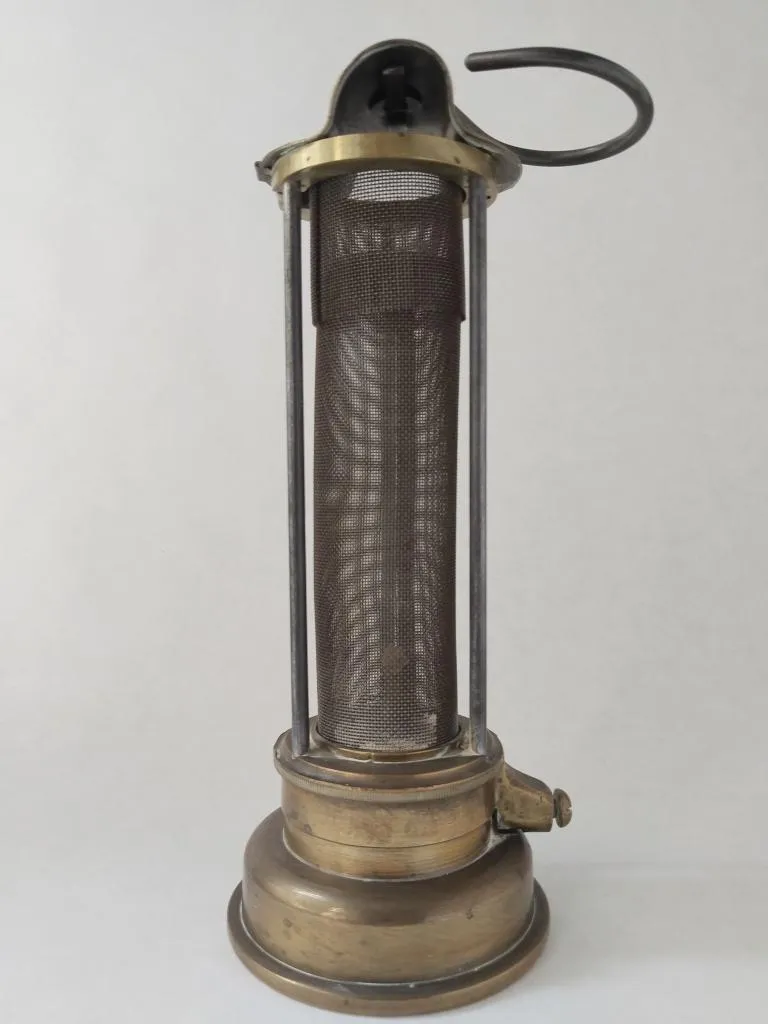
Source: by Stable MARK - own work, own collection.
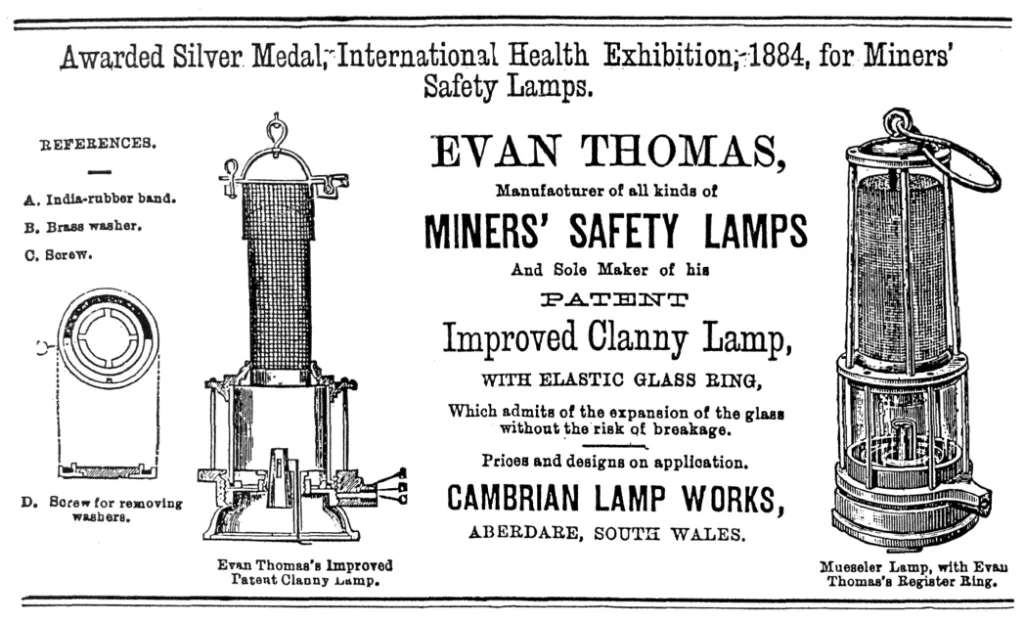
Source: Google Books
The Invention of a Safer Lamp
The mid-19th century was a hazardous time to work underground. Though the Davy lamp and the Clanny lamp had been introduced, both designs were too fragile for the brutal conditions in coal mines. Evan Thomas set out to improve upon them.
Learn More Still curious? Click here to learn about the Miners' lamp.
By 1867, Thomas had patented innovations including rubber sealing rings around the flame’s glass enclosure — a simple but effective way to ensure an airtight, safe lamp that could also withstand heat expansion. His most successful model, the No. 7, passed rigorous government safety trials in 1886.
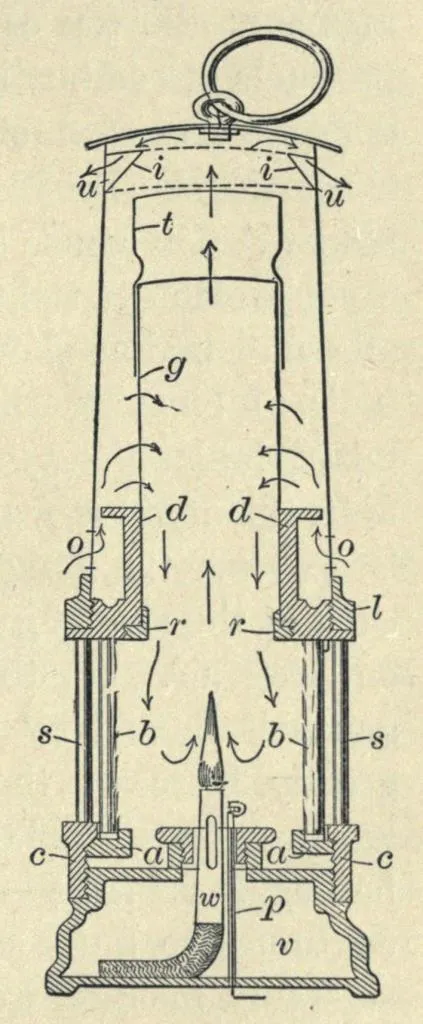
Source: Mine gases and explosions by J.T. Beard, C.E., E.M., Internet Archive






Paraffin Lamp British Coal Miners Company Wales UK Aberaman Colliery Oil Lantern with Hook
The Cambrian Lamp Works
After moving to purpose-built facilities on Graig Street in 1877 — officially named the Cambrian Lamp Works — the company began exhibiting internationally. Their success at International Health Exhibition (1884) won them gold medal and the London International Exhibition of Mining and Metallurgies (1890) won them gold medals and orders from around the globe.
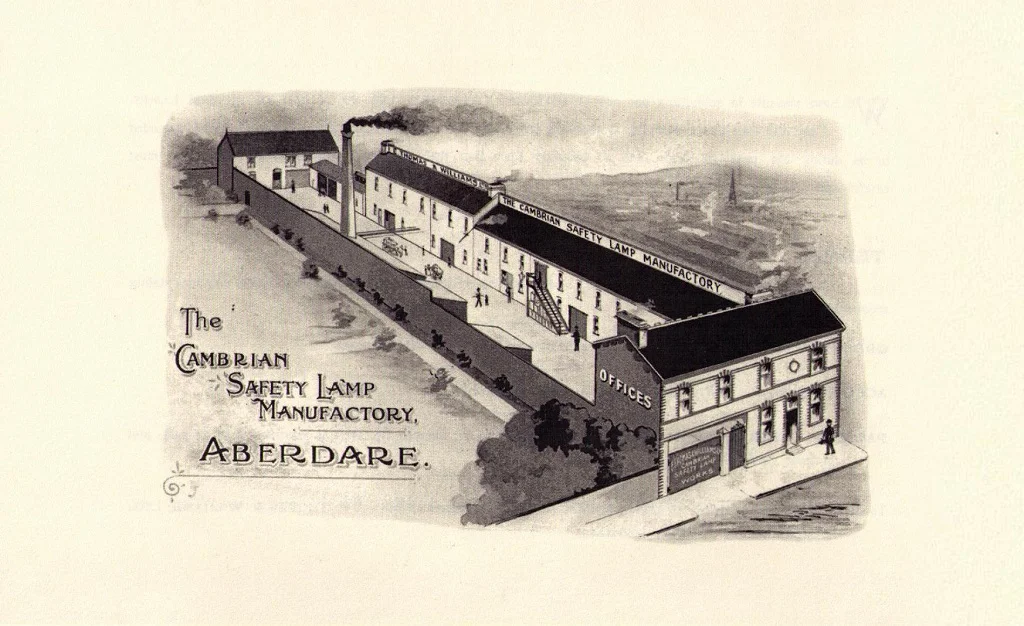
Source: http://www.ethomasandwilliamsltd.com/index.php/company_history
Formation of E. Thomas & Williams Ltd.
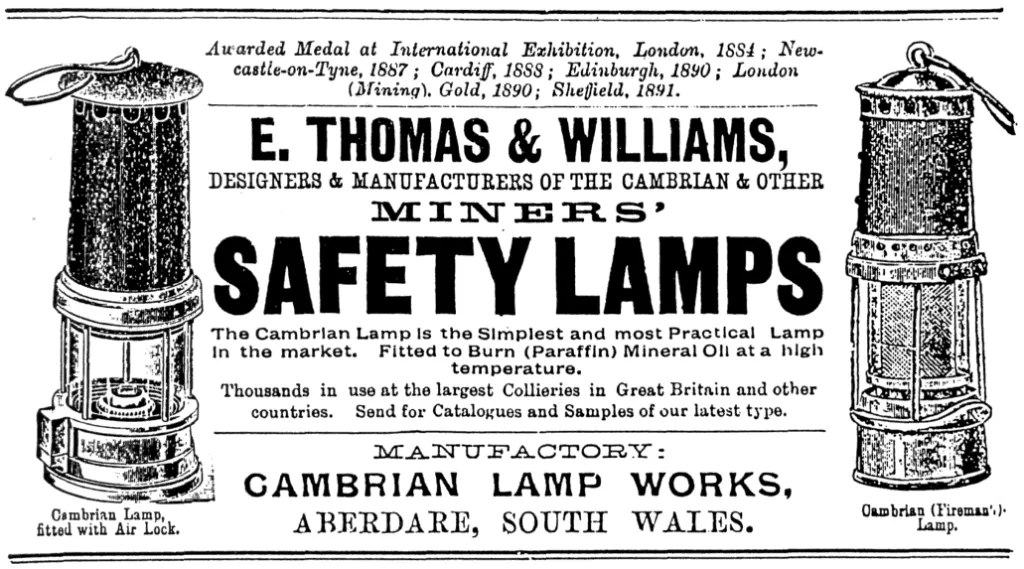
Source: Google Books
Between 1886 and 1900, the business evolved from a sole proprietorship under Evan Thomas to a formal partnership with Lewis Noah Williams, marking the foundation of E. Thomas & Williams Ltd. While early advertisements, such as the 1884 promotion for Thomas’s patented Clanny lamp, list only Evan Thomas, by 1900 the company’s branding had clearly changed — reflecting Williams’s increasing role and the firm's transition into a joint enterprise that would carry both names into international recognition.
Soon, E. Thomas & Williams miners lamps, Wales became fixtures in mines not only in the UK, but in Australia, India, South Africa, and Russia. These weren’t just products — they were life-saving instruments.
The Men Behind the Success of E. Thomas & Williams Ltd.
Evan Thomas was more than an inventor; he was a committed employer and philanthropist. His successor, Lewis Noah Williams, came from a family with radical political roots and deep ties to Welsh cultural life. He helped stabilize and expand the company after Thomas’s death in 1887.

Source: https://www.rctourheritage.com/view-item?i=24645






Vintage Oil Lamp British Coal Miners Company Wales Paraffin Miners Lantern with Hook
E. Thomas & Williams Ltd Cambrian Lamps
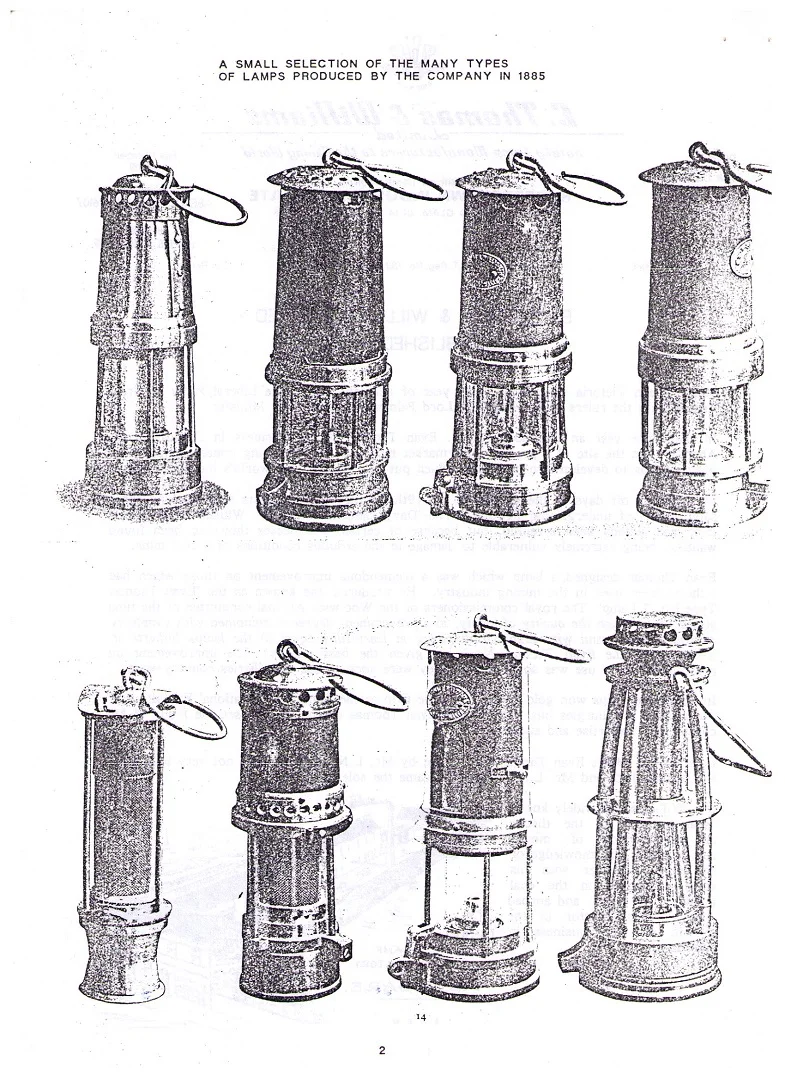
Source: http://www.ethomasandwilliamsltd.com/index.php/company_history
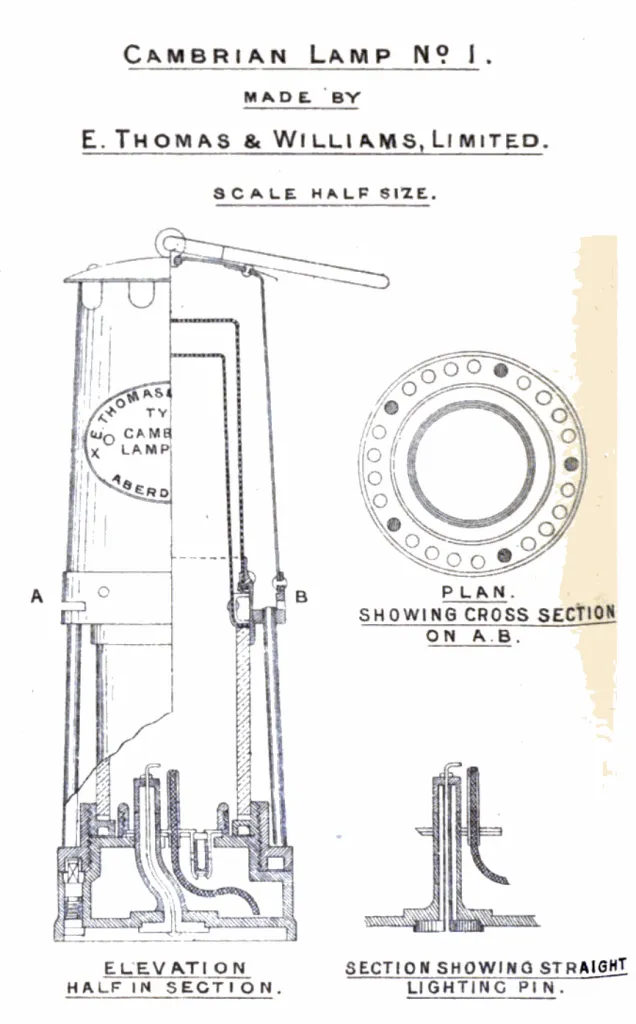
Source: Statutory Rules and Orders - 1919, Google Books
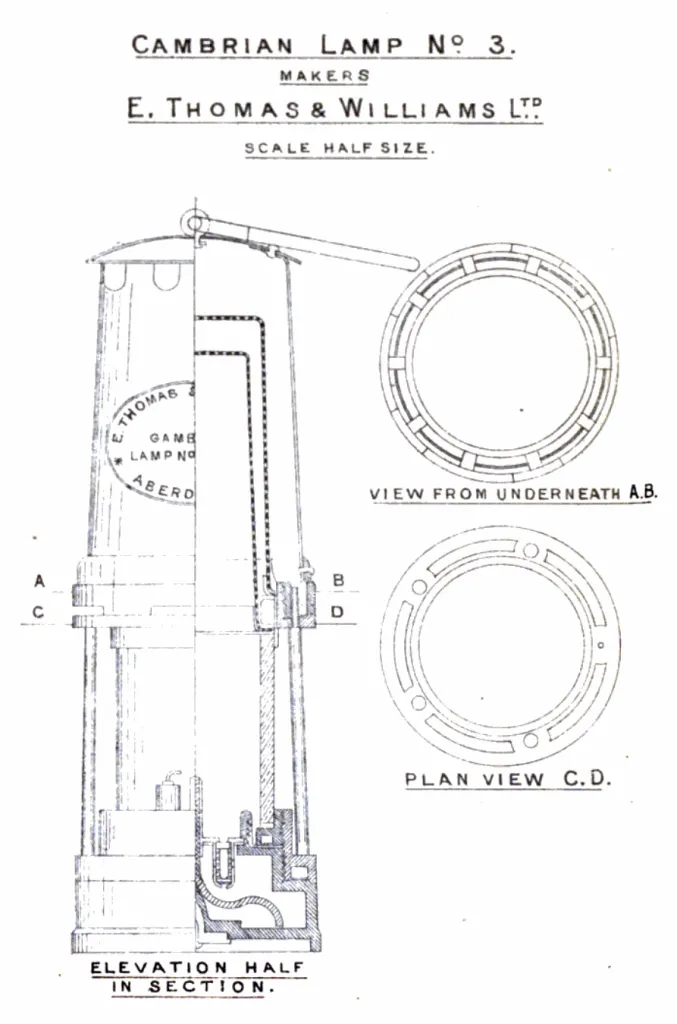
Source: Statutory Rules and Orders - 1919, Google Books
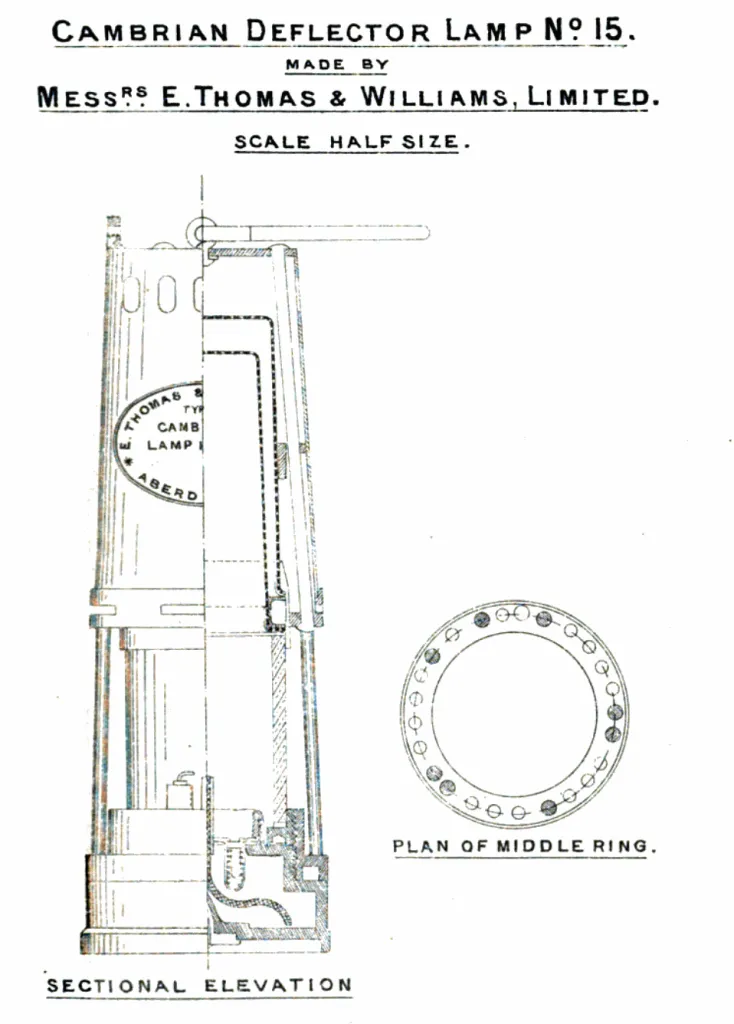
Source: Statutory Rules and Orders - 1919, Google Books
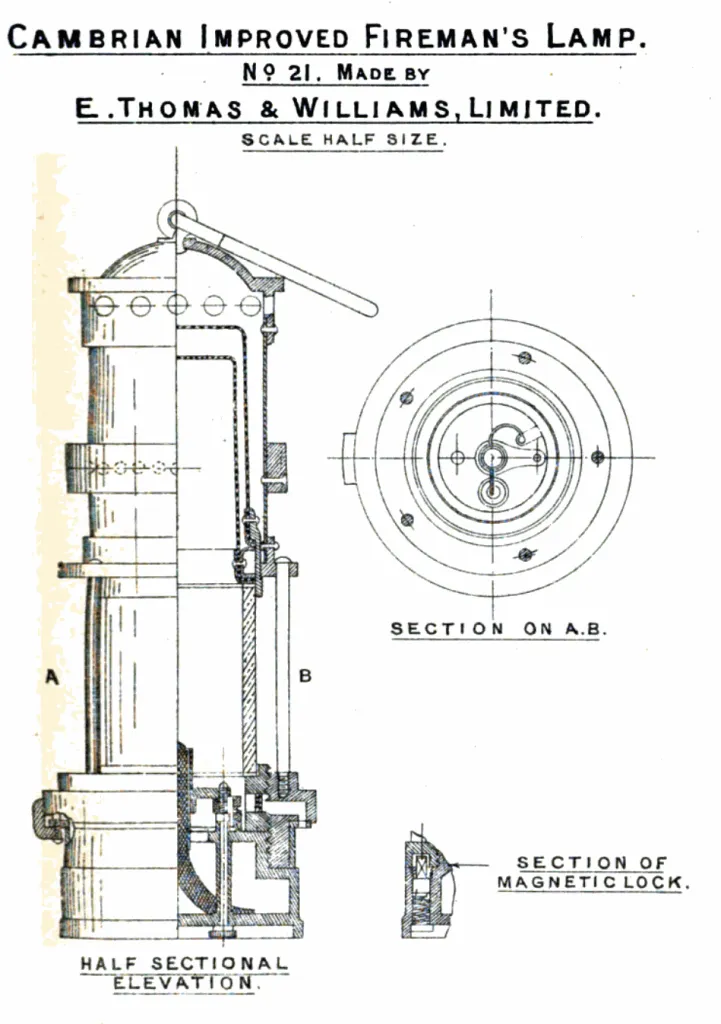
Source: Statutory Rules and Orders - 1919, Google Books
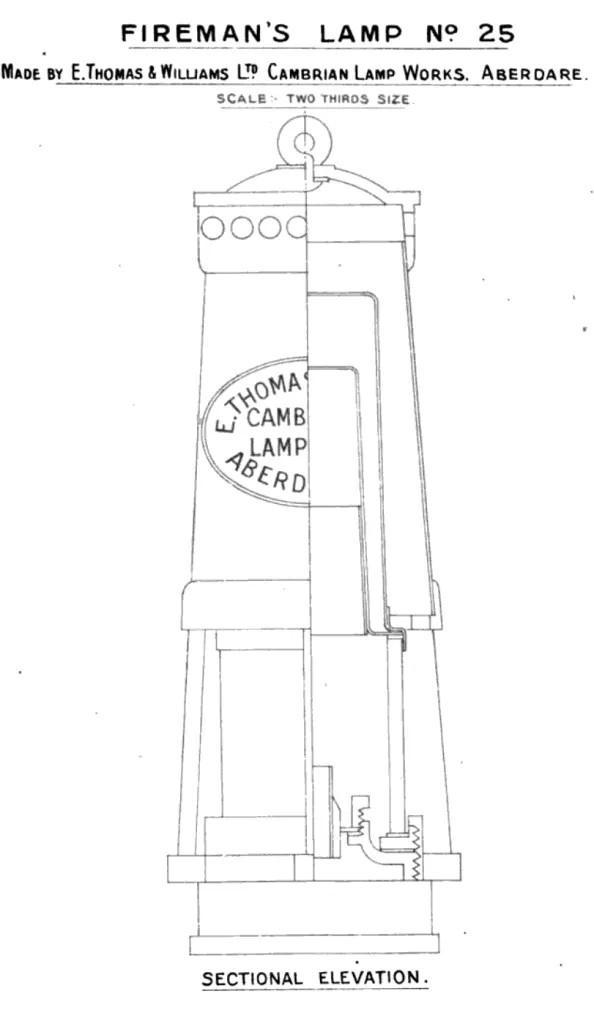
Source: Statutory Rules and Orders - 1919, Google Books
Surviving Wars, Strikes and Decline
The firm endured major disruptions: strikes in the coal industry during the 1920s, the Great Depression, and two World Wars. During WWII, the company shifted to manufacturing steel parts and the innovative "light-buoy" for rescuing torpedoed seamen.
Still, the traditional miners oil lamp E. Thomas & Williams Limited continued to be used for gas detection long after electric lamps became standard.
A Royal Recognition
In 1969, during the investiture of Prince Charles, E. Thomas & Williams Ltd. cambrian lantern designs were showcased by the Snowdon Committee and featured in the London Design Centre.
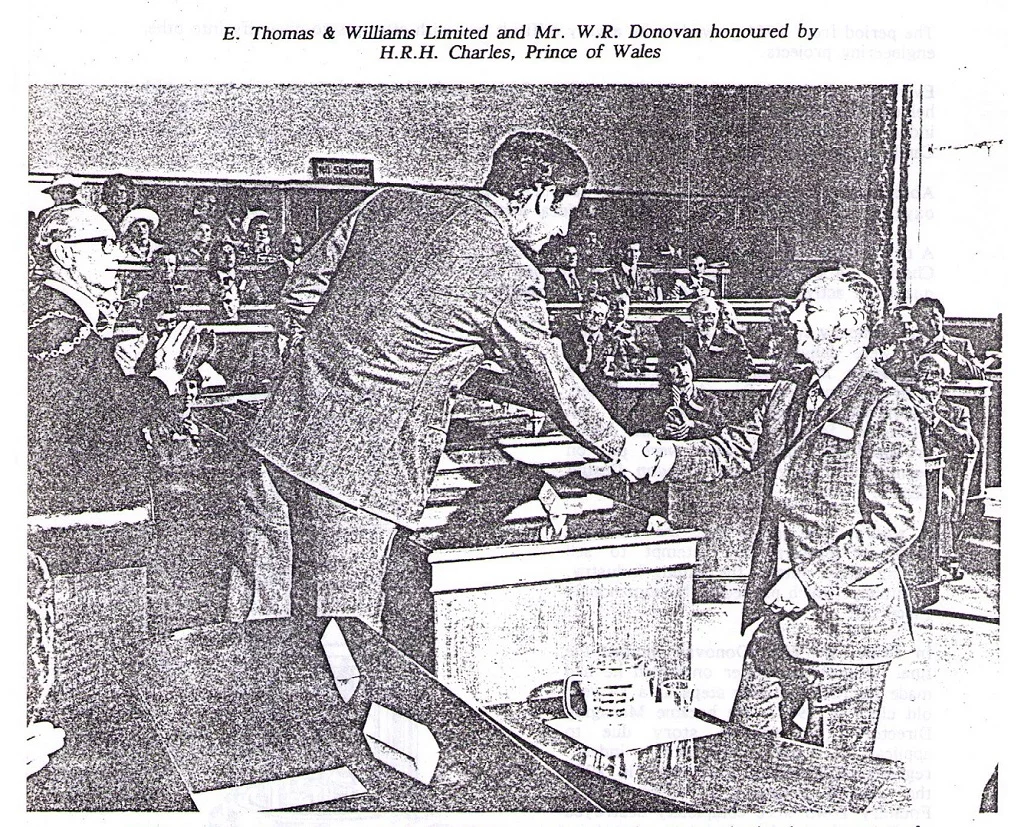
Source: http://www.ethomasandwilliamsltd.com/index.php/company_history
This marked a turning point — as the firm shifted successfully into the presentation and collectors’ market.
Fire, Recovery and Reinvention
In 1978, tragedy struck when the original Graig Street factory burned down. Decades of tooling, machinery, and historical documents were lost. Yet, within seven weeks, a new facility was operational — a testament to the workforce’s dedication.
Legacy and Collectability Today
Today, E. Thomas & Williams Ltd. continues to produce brass miners lamps, many in traditional designs, for presentation, ceremonial use, and historic preservation.
They remain the only approved manufacturer of safety lamps in Wales, exporting to over 70 countries.
A Welsh Success Story
From a single Aberdare shop to global recognition, the story of E. Thomas & Williams Ltd. is not only about lamps — it’s about Welsh industrial ingenuity, resilience, and humanity. Their lamps lit the way — literally and symbolically — through some of the darkest chapters of industrial history.
And they still do.
Share this article
